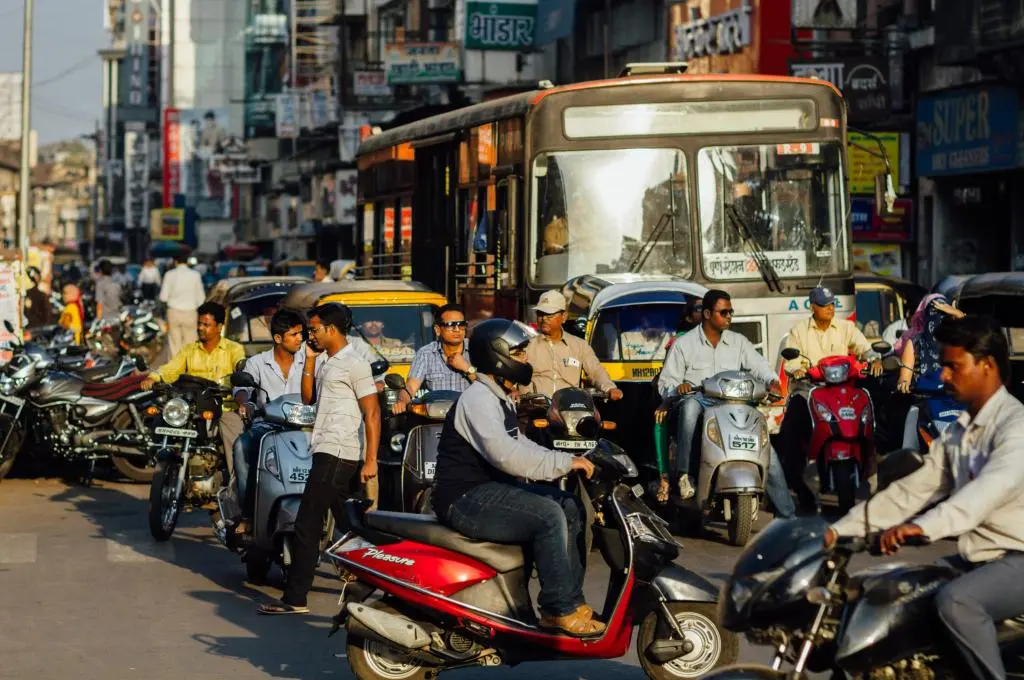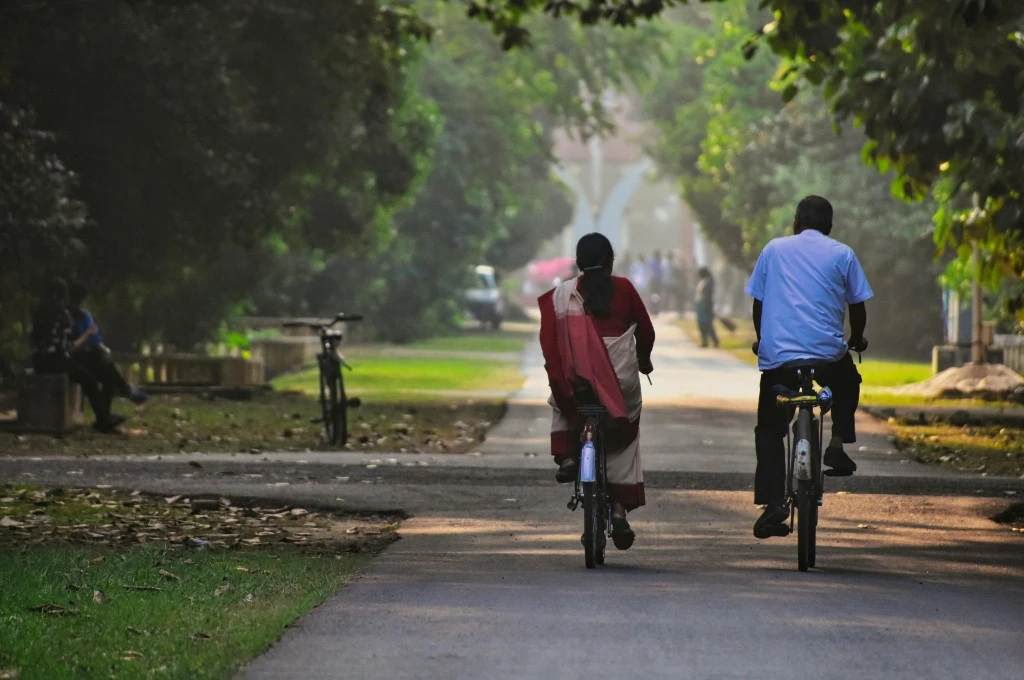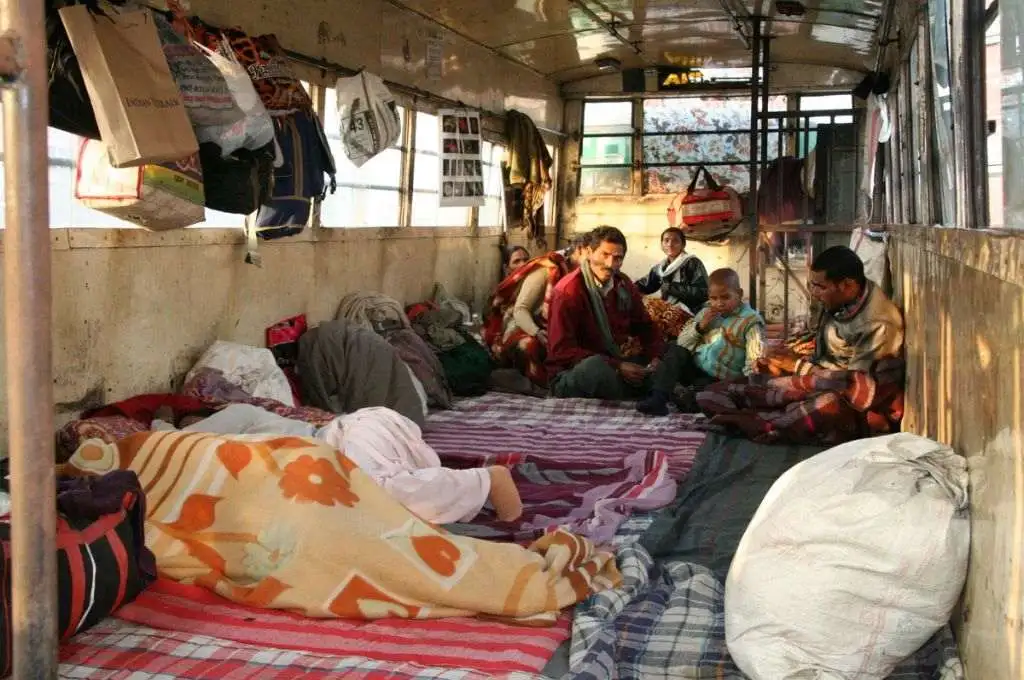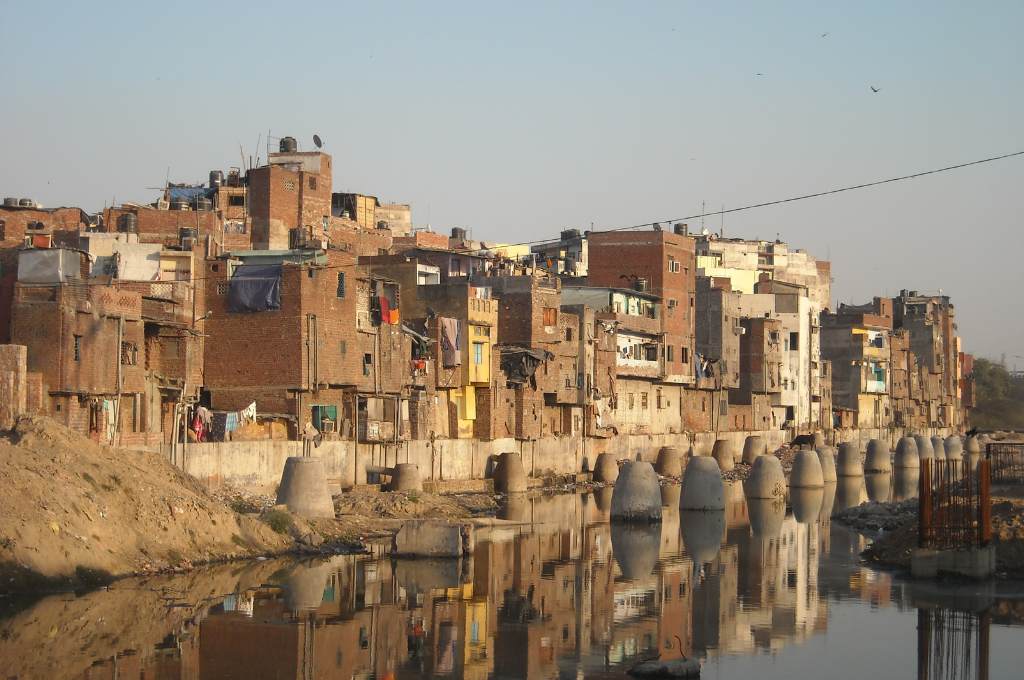Air pollution has escalated from an environmental issue into a full-blown health crisis, impacting people of all ages. Its far-reaching effects are evident in the rising cases of respiratory disorders, chronic illnesses, and even increased mortality.
In North India, stubble burning, especially during the cooler months, is often considered to be the leading cause of air pollution. However, data indicates that year-round vehicular emissions are a more significant contributor to air pollution than stubble burning, construction, or firecrackers. According to the Emissions Inventory (2020), vehicles accounted for 46 percent of total PM2.5 emissions—harmful to human health—in Pune as well. Vehicles were also the largest source of harmful gaseous pollutants such as nitrogen oxides (73 percent) and carbon monoxide (66 percent). Between 2012 and 2019, PM2.5 emissions from transport in Pune surged by 91 percent, driven by rapid vehicle growth and the widespread use of highly polluting vehicle models.
Cleaner vehicle technology is not enough
To reduce emissions from vehicle tailpipes, the central government introduced Bharat Stage (BS)-VI standards in 2020 for internal combustion engine (ICE) vehicles, which run on fuels such as petrol, diesel, and CNG. These standards set limits on pollutants that vehicles are allowed to emit per kilometre. At the same time, schemes such as FAME India, along with various state and city initiatives, actively promote the adoption of electric vehicles (EVs).
However, ICE vehicles currently outnumber EVs on the road, nullifying any gains in emissions reductions from the latter. What’s more, there continue to be far too many pre BS–VI vehicles in circulation to make any real dent in vehicular pollution. A case in point is a 2023 study conducted by Institute for Transportation and Development Policy (ITDP) India and International Council on Clean Transportation (ICCT). The study found that approximately 70 percent of the vehicles plying in Pune and Pimpri-Chinchwad are pre-BS or BS-I to -IV, all of which are more polluting than BS-VI vehicles. Estimates show that one pre-BS car pollutes as much as 11 BS-VI cars, while one pre-BS truck pollutes as much as 14 BS-VI trucks.
To further complicate matters, a real-world vehicular emission study in Delhi and Gurugram revealed that BS-VI vehicles also exceed approved laboratory limits. Additionally, emission levels varied by vehicle type. For instance, BS-VI taxis and light goods vehicle fleets emitted 2.4 and 5 times more nitrogen oxides, respectively, compared to BS-VI cars used for personal purposes.
The long-standing mandate for Pollution Under Control (PUC) certification also falls short. The test is ineffective because it does not measure PM and nitrogen oxide emissions, testing only for carbon monoxide, hydrocarbons, and smoke. Furthermore, PUC assesses pollutants when the vehicle is stationary, not when it is in actual use. Hence, PUC certificates are not reliable indicators of a vehicle’s fitness with regard to its real-time driving emissions.
Low emission zones could be the answer
While encouraging cleaner vehicle technology is one part of the solution, there is also a need to simultaneously restrict the use of highly polluting vehicles.
Low emission zones (LEZs) are designated zones in a city where the use of polluting vehicles is restricted or discouraged. Such zoning aims to improve local air quality and health by reducing vehicle tailpipe emissions. Many cities—including London, Seoul, Paris, Lima, Brussels, and Beijing—have implemented LEZs.
Cities typically make policies regarding which categories of polluting vehicles to restrict and where to impose these restrictions. Once an area is identified, signages and road markings are mounted to let drivers know that they are entering an LEZ. The rules are enforced by automatic number plate recognition (ANPR) cameras that read a vehicle’s number plate and identify whether it’s compliant or not. Cities like Paris mandate that every vehicle should have a sticker indicating their emission standard (Crit’Air sticker). In addition to these technologies, traditional traffic wardens visually identify violators as well.
But can LEZs be a silver bullet for vehicular pollution? Data from their implementation in London suggests they can in fact provide relief.
London’s LEZ—launched in 2008—now spans the Greater London Area, with approximately 1500 sq km demarcated as an Ultra Low Emission Zone (ULEZ). Its emissions standards are stringent and discourage the use of highly polluting or non-compliant vehicles by charging a heavy daily LEZ fee.
According to Transport for London’s six-month report published in July 2024, the ULEZ has helped reduce harmful roadside nitrogen dioxide (NO2) concentrations across the city. Over the years, the number of non-compliant vehicles driving within the LEZ has gone down as well. Now, a larger proportion of vehicles recorded in the LEZ are cleaner—96.2 percent, up from 39 percent in 2017. Further, a 2023 study by the University of Bath found that pollution reductions from the LEZ led to a 4.5 percent drop in long-term health problems and an 8 percent decline in respiratory issues.
At ITDP, we conducted a similar study in Pimpri-Chinchwad Municipal Corporation (PCMC) to determine the reduction in vehicular pollution as a result of restricting highly polluting vehicles in an LEZ and shifting users to the least polluting vehicles. Our study estimates that if the city government restricted pre-BS and BS-I to -IV vehicles in a designated LEZ and if vehicle users shifted to BS-VI vehicles instead, PM 2.5 emissions from vehicles could decrease by 80 percent by 2030.

Planning and implementing LEZs in India
LEZs are not new to India. Matheran, a holiday town in Maharashtra, restricts motor vehicle use to preserve clean air. Farther north, highly polluting vehicles are restricted around Taj Mahal to protect the monument from the corrosive effects of greenhouse gases. Delhi imposes an environment compensation (EC) charge on polluting trucks to discourage them from entering the city en route to neighbouring states, compelling them to take bypasses instead.
Over the last year and a half, ITDP India and ICCT have been supporting three cities in Maharashtra—Pimpri-Chinchwad, Pune, and Chhatrapati Sambhaji Nagar—in planning and implementing LEZs. The plan includes identifying highly polluting vehicle categories, defining LEZs, estimating benefits, and recommending complementary measures such as improving public transport connectivity and establishing enforcement systems.
LEZs can serve as a starting point for reimagining India’s cities.
In August 2024, the PCMC included LEZ in its Graded Response Action Plan (GRAP), a comprehensive strategy to reduce pollution across different sectors, including but not limited to vehicles. As per GRAP, the city will discourage the use of pre-BS and BS-I to -III private cars, two-wheelers, and light- and heavy-goods vehicles—which contribute approximately 90 percent of the total annual vehicular emissions—when the air quality falls to the moderate to poor category. The city will not ban such vehicles but will impose an Environment Protection Fee ranging from INR 100 to INR 750 daily for entry and movement inside the city.
However, translating policy into practice will require several key actions. Here are some of them:
1. Coordination between government departments
Implementation of LEZ measures will require the city government to set up robust enforcement mechanisms. For one, they will need to engage a variety of stakeholders, including the traffic police, Regional Transport Office (RTO) authorities, environmental agencies, and road departments, and establish seamless systems for coordination and communication. Additionally, the municipal corporation will need to deploy cost-effective and scalable IT-based solutions, such as ANPR cameras, to monitor and enforce rules, for which it will require dedicated funds.
But while city governments are responsible for designing and implementing LEZ frameworks, they often lack the legal authority, resources, or enforcement capacity needed for large-scale changes. State governments can provide the necessary legal frameworks, policy support, and regulatory backing to enable cities to effectively enforce these zones. It is equally important for the central government to be involved in drafting overarching policies, establishing national standards, and providing financial support to ensure that cities have the resources to implement the required infrastructure. The push towards transport electrification offers an example of such multi-tiered governance. The FAME-II policy, for instance, incentivises electric two- and three-wheelers (including e-rickshaws), commercial electric four-wheelers, and electric buses nationwide. At the state level, 21 Indian states have notified EV policies, with 15 offering direct incentives to EV buyers. These policies promote adoption through various consumer-facing incentives, such as purchase subsidies, exemptions from road tax and registration fees, reimbursements, and scrapping incentives.
2. Designing complementary infrastructure
Complementary infrastructure must be designed and funded to provide residents with viable, non-polluting alternatives to private vehicles. These include expanding public transport networks, widening or repaving footpaths, and installing charging stations for compliant vehicles. Barcelona’s Superblocks initiative is an example of an urban planning approach designed to reallocate public space from vehicular use. It reorganises traffic flow within a 3×3 grid of city blocks, prioritising pedestrians and community activities over vehicles. Within each superblock, traffic and non-residential parking are redirected to perimeter roads, significantly reducing vehicle movement inside. Streets within the superblocks are repurposed into pedestrian-centric spaces, with strict speed limits and an emphasis on accessibility. The reclaimed areas are enhanced with green spaces, bike lanes, playgrounds, and public seating, fostering a more vibrant and communal urban environment.
3. Garnering citizen support
Apprehensions about transitioning to cleaner vehicles are common in cities worldwide. For private EVs, the primary concern is the higher upfront cost, while for EV buses, resistance often stems from long procurement and waiting periods. Low-income groups and businesses are particularly impacted by the costs associated with this shift, which may lead to resistance against the policy. Delayed communication about the transition can exacerbate this issue. For instance, if potential buyers are unaware of upcoming restrictions on ICE vehicles, they might unknowingly invest a significant portion of their income in them, only to face policy changes later. This can create frustration and opposition to the transition.
Recognising this, many cities around the world announce such plans at least a year in advance, allowing residents and businesses to make informed choices. Paris, for example, supports small businesses in making the switch by offering financial incentives for cleaner alternatives. Brussels offers information on cleaner vehicle alternatives and financial assistance through its dedicated LEZ website. This website also features a mobility coach, a service that provides personalised advice on mobility options in the city.
As India advances its efforts to combat air pollution and environmental degradation, LEZs can be a viable solution. By curbing vehicular emissions, these zones can play a crucial role in improving air quality, easing congestion, and reclaiming urban spaces for healthier, more liveable cities. However, their success depends on integrating them within a multi-pronged strategy that includes strengthening public transport, enhancing pedestrian infrastructure, and supporting a just transition for affected communities. LEZs can serve as a starting point for reimagining India’s cities—where clean air is a right and sustainable mobility the norm, with urban spaces that prioritise people over pollution.
—
Know more
- Read this publication and learn the foundational steps to implement low emissions zones in India.
- Listen to this podcast to learn about what it takes to run and build a liveable city, and where India stands.
- Read this article on the importance of applying a climate lens to urban planning.





